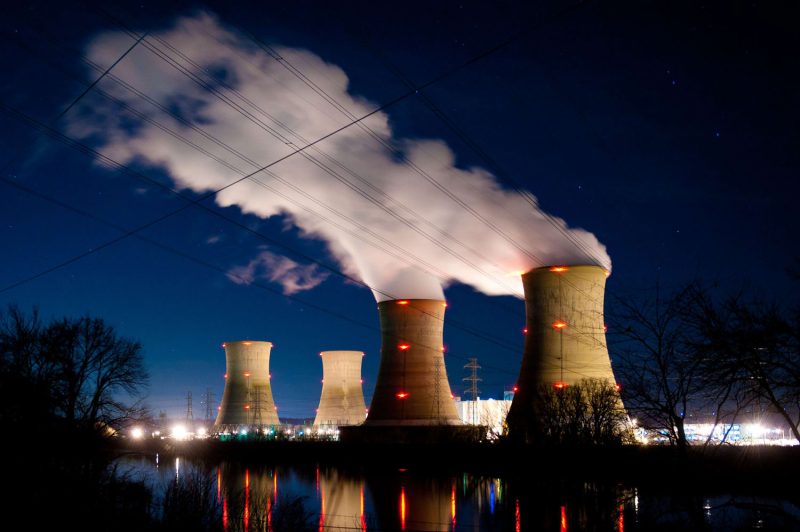
Microsoft’s Data-Center Powers Up with Three Mile Island Nuclear Plant!
Microsoft has announced a partnership with the Susquehanna nuclear plant to harness its energy and use it to power its vast data centers, marking a significant shift in powering massive data farms. This decision wasn’t made out of the blue, rather it is a grand stride in Microsoft’s commitment to becoming carbon negative by 2030.
The Three Mile Island nuclear plant, which is located near Harrisburg, Pennsylvania, comes with its own unique history. Three Mile Island gained worldwide infamy in 1979 due to a partial nuclear meltdown, leading to significant amounts of radioactive gases and radioactive iodine being released. This event, dubbed as the most significant accident in U.S. commercial nuclear power plant history, caused no injuries or deaths but led to sweeping regulations and changed the way nuclear energy was perceived globally.
However, the negative perception has eroded over the years due to increased awareness regarding climate change and the dire need for cleaner, more sustainable energy sources. Nuclear power, despite its historical challenges, provides an extremely efficient and sustainable source of energy. One of the main reasons Microsoft chose to partner with the nuclear plant is its impressively small carbon footprint. Unlike fossil fuels, nuclear energy doesn’t emit any harmful greenhouse gases during the generation of electricity.
Microsoft’s use of nuclear energy for powering data centers is part of a broader strategy called co-locating, where power users are situated near the source of generation. Given the size and energy demands of Microsoft’s data centers, this strategy makes sense. Whereas, traditionally, nuclear power plants have had to deliver electricity over long distances, they can now deliver it directly to a local and confined consumer, reducing transmission waste significantly.
Furthermore, co-location leads to increased grid resilience. Microsoft’s data centers will considerably depend less on the national grid, lessening the overall strain and helping prevent future blackouts. Additionally, this strategy provides Microsoft with a reliable and consistent flow of energy. Unlike solar or wind power, nuclear energy does not rely on the unpredictable nature of the weather.
In terms of operational cost, nuclear energy has a higher upfront cost compared to traditional energy sources. However, the attractive feature is its long-term operational cost, which is significantly lower. Hence, Microsoft’s investment is economical in the long run.
On the data protection front, Microsoft’s customers worry less; the company plans to secure sensitive while ensuring the optimized running of its business operations. The partnership also offers potential testing ground for the development of new technologies. For instance, Microsoft is also exploring
